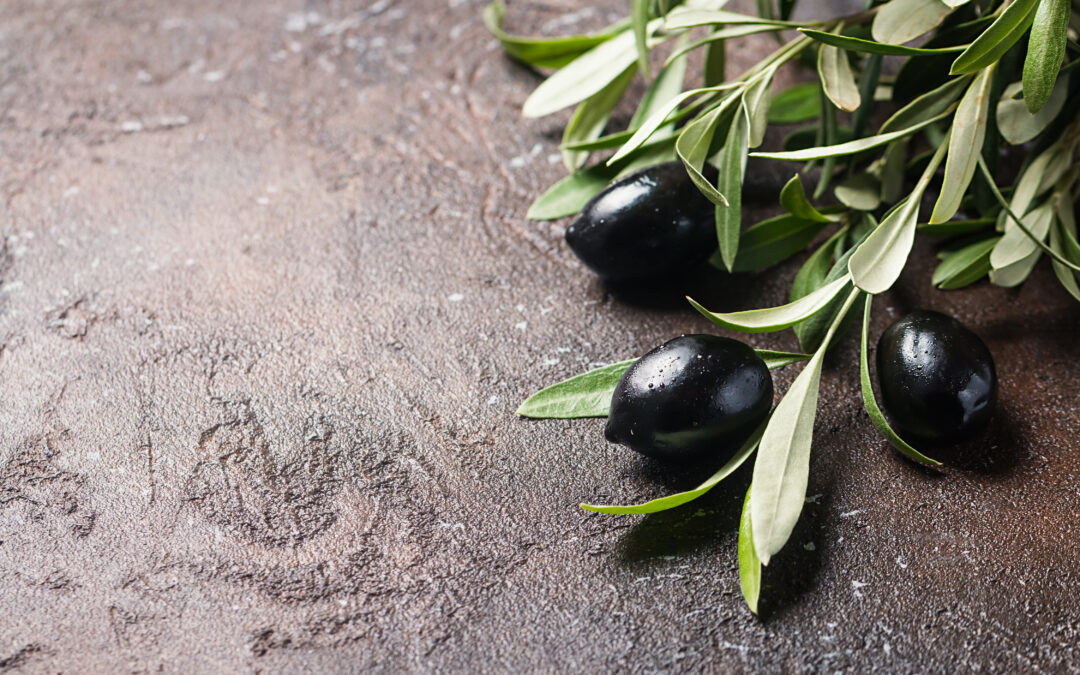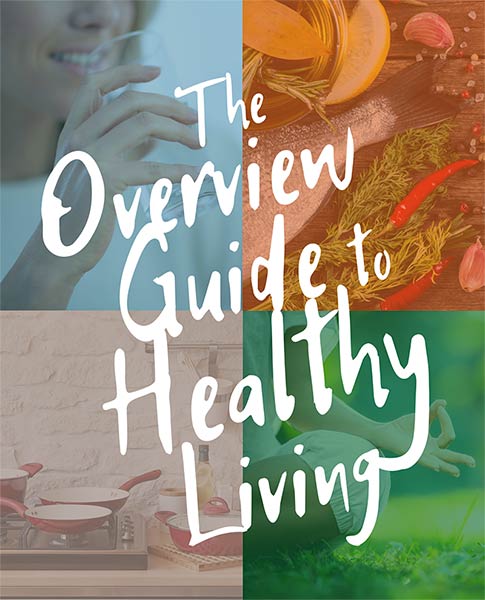The use of olive (Olea europaea) as a medicinal plant dates back thousands of years. The Greek and Romans, the as well as ancient Egyptians all prized olive leaf’s various healing properties. Even the book of Ezekiel mentions the use of olive leaf as medicine. Olive leaf extract (OLE) is rich in polyphenols, flavonoids and triterpens that give it its anti-inflammatory, anti-oxidant, anti-cancer and anti-viral properties. One of the most researched polyphenol compound is oleuropein. Historically, olive leaf has been used for the treatment of inflammatory conditions, diabetes, UTIs, as well as intestinal diseases, hemorrhoids and asthma (Hashmi M. et al., 2015).
Olive leaf extract is valued for its anti-viral properties. Studies show that OLE has promising effects against herpes simplex virus (HSV), genital herpes, influenza-3 virus, rotavirus, hepatitis, and even HIV. In fact, an in vitro study from Omar (2020) showed that olive leaf extract inhibited cell-to-cell HIV transmission.
A small randomized double-blind clinical study from Toulabi et al. (2021) shows that OLE cream was more effective than conventional treatment in treating HSV outbreaks. Not only is OLE more effective than conventional HSV medication it is also non-toxic and has virtually no side effects (Altındiş, M. et al., 2020).
OLE is also anti-microbial. Scientists believe that flavonoids oleuropein and vabascoside are responsible for inhibiting the growth of E. Coli, salmonella, listeria, and flagella (Liu, McKeever & Malik, 2017). A study from Italian researchers also showed OLE’s ability to reduce biofilm’s production by a stunning 74% (Carraro L. et al., 2014).
Olive leaf extract has also powerful anti-oxidant properties; I was shocked to learn that its radical scavenging activity is double that of green tea and milk thistle (Wojcikowski K. et al., 2007). In vitro and animal studies also show its beneficial effects in lowering LDL oxidation. This and other activities (antihypertensive, anti-inflammatory, anti-platelet aggregation, etc.) make OLE a powerful ally against cardiovascular disease.
OLE has also shown beneficial effects in lowering blood glucose levels, raising insulin levels and increasing glucose reuptake in the animal model (Gonzalez M. et al., 1992).
The review shows olive leaf extracts outstanding applications to treat a variety of ailments and conditions. The future of OLE is bright!
References
Altındiş, M., Aslan, F. G., Uzuner, H., Ünal, H., Köroğlu, M., Kulaç, S., & Karadenizli, A. (2020). Zeytin Yaprağı Ekstresi ve Propolisin Herpes Simpleks Virüsü Tip 1 Üzerine Antiviral Etkisinin Asiklovir ile Karşılaştırılması [Comparison of Antiviral Effect of Olive Leaf Extract and Propolis with Acyclovir on Herpes Simplex Virus Type 1]. Mikrobiyoloji bulteni, 54(1), 79–94. https://doi.org/10.5578/mb.69019880
Carraro, L., Fasolato, L., Montemurro, F., Martino, M. E., Balzan, S., Servili, M., Novelli, E., & Cardazzo, B. (2014). Polyphenols from olive mill waste affect biofilm formation and motility in Escherichia coli K-12. Microbial biotechnology, 7(3), 265–275. https://doi.org/10.1111/1751-7915.12119
Gonzalez, M., Zarzuelo, A., Gamez, M. J., Utrilla, M. P., Jimenez, J., & Osuna, I. (1992). Hypoglycemic activity of olive leaf. Planta medica, 58(6), 513–515. https://doi.org/10.1055/s-2006-961538
Hashmi, M., Khan, A., Hanif, M., Farooq, U., & Perveen, S. (2015). Traditional uses, PHYTOCHEMISTRY, and pharmacology of Olea europaea (Olive). Retrieved May 01, 2021, from https://www.ncbi.nlm.nih.gov/pmc/articles/PMC4352757/
Liu, Y., McKeever, L. C., & Malik, N. S. (2017). Assessment of the Antimicrobial Activity of Olive Leaf Extract Against Foodborne Bacterial Pathogens. Frontiers in microbiology, 8, 113. https://doi.org/10.3389/fmicb.2017.00113
Omar, S. (2010). Oleuropein in olive and its pharmacological effects. Retrieved May 01, 2021, from https://www.ncbi.nlm.nih.gov/pmc/articles/PMC3002804/
Toulabi, T., Delfan, B., Rashidipour, M., Yarahmadi, S., Ravanshad, F., Javanbakht, A., & Almasian, M. (2021). The efficacy of olive leaf extract on healing herpes simplex virus labialis: A randomized double-blind study. Explore (New York, N.Y.), S1550-8307(21)00004-5. Advance online publication. https://doi.org/10.1016/j.explore.2021.01.003
Wojcikowski, K., Stevenson, L., Leach, D., Wohlmuth, H., & Gobe, G. (2007). Antioxidant capacity of 55 medicinal herbs traditionally used to treat the urinary system: a comparison using a sequential three-solvent extraction process. Journal of alternative and complementary medicine (New York, N.Y.), 13(1), 103–109. https://doi.org/10.1089/acm.2006.6122

